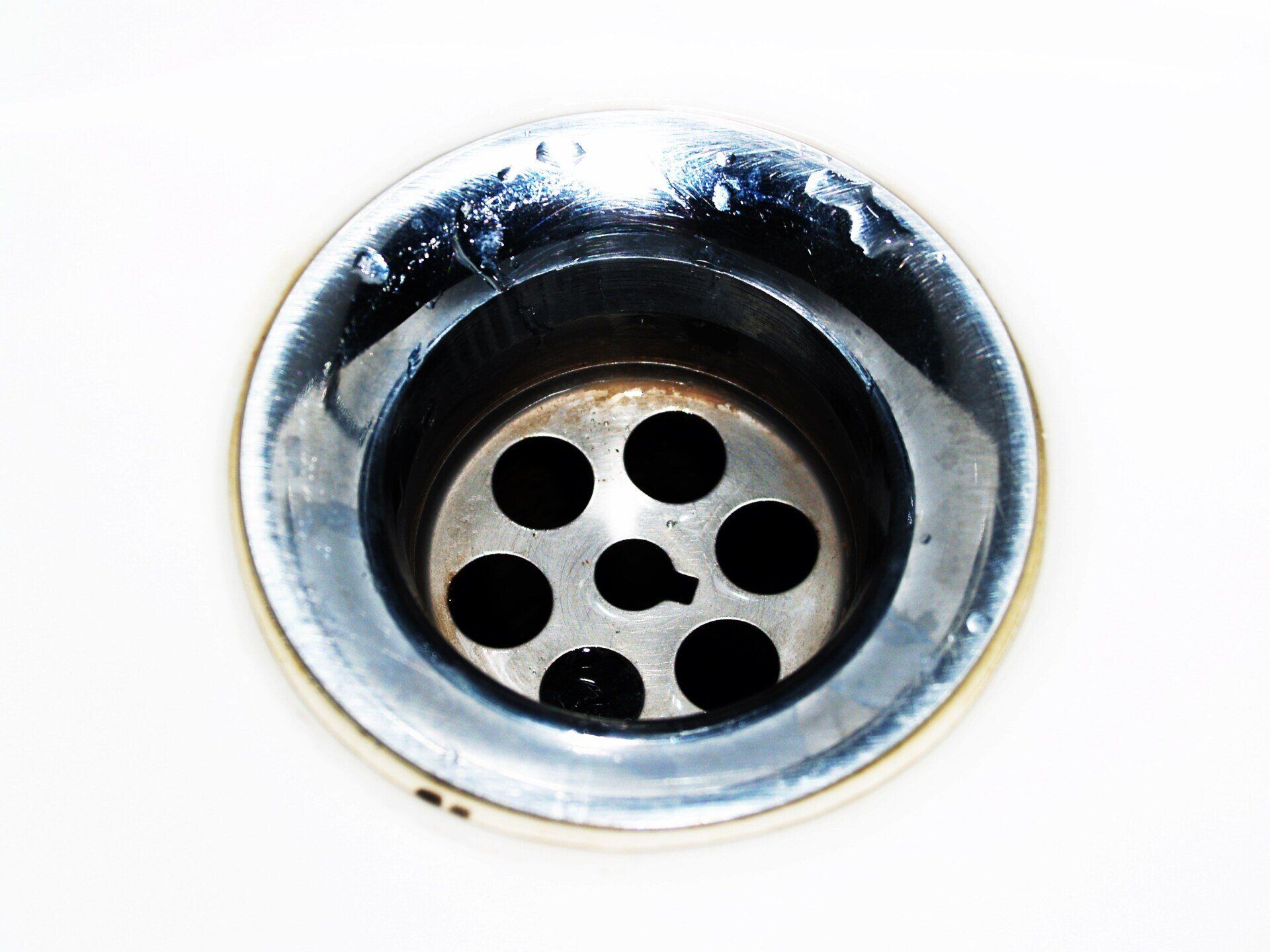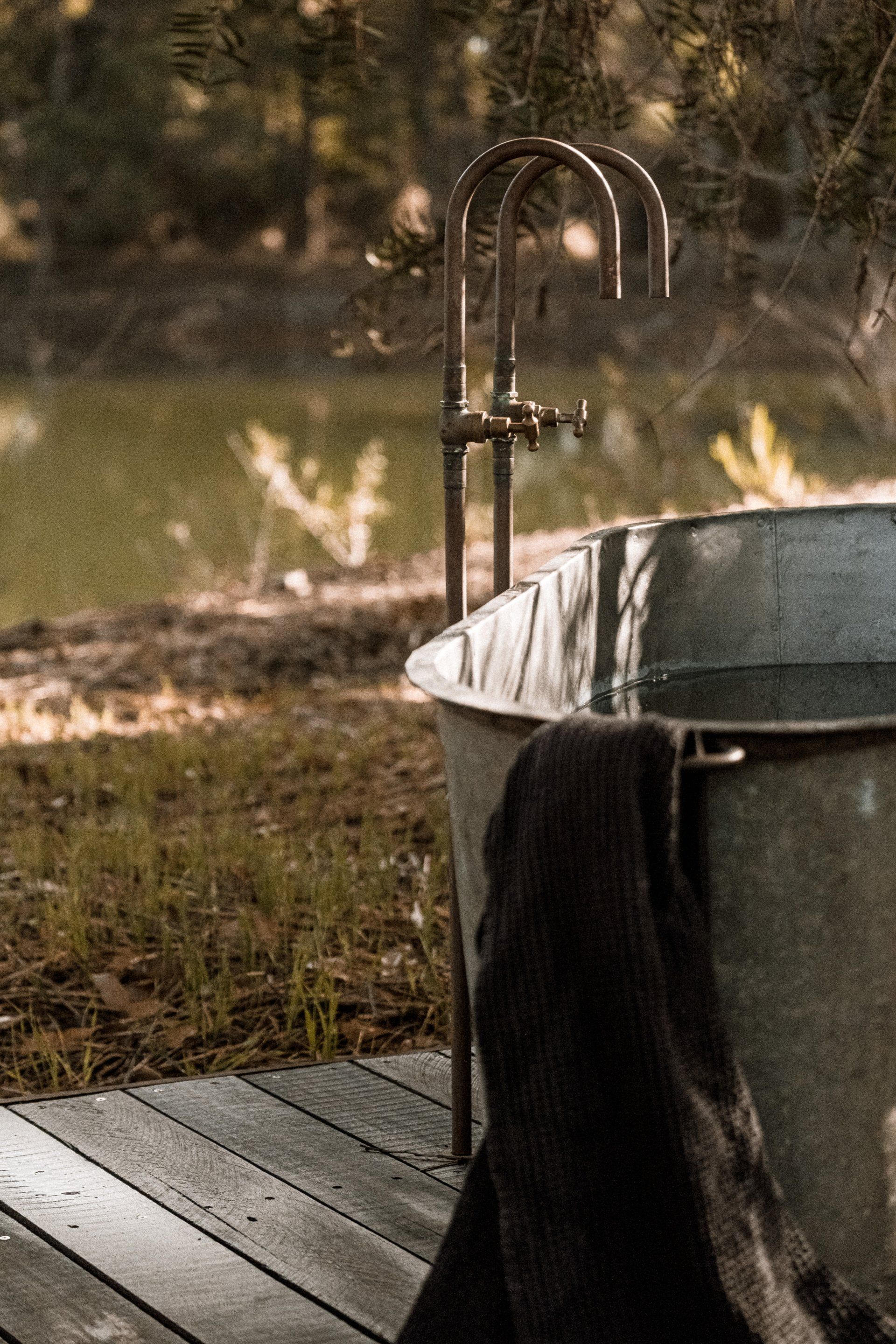Commonly Asked Questions About 40-Gallon Gas Water Heaters
Commonly Asked Questions About 40-Gallon Gas Water Heaters
The decision to purchase the right water heater for your home is different when compared to other purchases. The first is that it could be an investment that is more expensive, particularly when you didn't anticipate it. A good unit is expected to last between 8 and 12 years, which is why you need to make sure you choose the best option since you'll use the unit for an extended period of time. Third, not every homeowner is knowledgeable about water heater features and the latest technology.
New Water Heater
The process of buying water heaters may be daunting initially, but with the right guidance, it's easy. We've created this list of helpful information on the most frequently asked queries we receive about the 40-gallon tank of gas water heaters.
What is the process by which a gas tank water heater functions?
Like the name suggests, a tank-type water heater is built to hold water. The tank is filled with cold water through a water main. A burner makes use of natural gas to warm the tank's water. Hot water gets constantly kept warm until the outlet is opened, which could be an outlet for hot water on an appliance, a shower, or an appliance. The hot water leaves the tank and is pumped via pipes till it gets to the desired outlet. New cold water then tops off the tank and gets then heated.
What makes gas superior to electric?
The energy source used to power the tank water heater could depend on the availability of utilities and individual preferences. In general, natural gas is less expensive than electricity, which means you can expect to pay less costs for energy if you own a gas tank heater.
Why are gas water heaters so popular?
Water heaters in gas tanks are offered in a variety of sizes, ranging from 30 to 100 gallons. If you shop, you'll be surprised to find that many brands offer the option of models that are 40-gallon in size. It's among the most well-known sizes due to the fact that it's generally suitable for the typical U.S. household of 2 to 3 people.
What size of a house is a water heater appropriate for?
Based on the average water use for a typical household, a water heater of 40-gallon will provide hot water for about 2 to 4 people in a family. When deciding on the capacity and size, you'll need one thing to think about--the first-hour rating, which will tell the amount of hot water your unit is able to provide in an hour if it's starting with a fully-filled tank. A higher first-hour rating suggests that the water heater will replenish rapidly, which means it is less likely not to have hot water at the peak demand.
How are water heaters of 40-gallon vented?
Since natural gas is burnt in the system, it must vent dangerous combustion gases out of the house. The most common method of venting is draft-induced, which makes use of an air compressor to push combustion gases upwards through a pipe towards the roofing (often an chimney). The latest and most popular method is direct venting, which blows the gas that is burning through an open pipe that passes through a wall nearby and is released outwards.
Get a
FREE Quote
You might also like




